National Anthems in the style of Lutoslawski
£20.00 – £25.00
Here are the Polish and British national anthems, closely entwined and used in some of Lutoslawski’s favourite techniques. This sounds intense, but is actually an attractive piece on the ear, and I enjoyed exploring it.
Description
This is the Polish and British national anthems portrayed using a few of Lutoslawski’s personal signature effects and techniques. Before starting, basics. Both anthems are in 3, a fairly unusual time for an anthem, so I thought this piece should be too. And the Polish anthem is traditionally in Eb major, the British in G, so I simply jumped in the middle and set off in F major. There are four Sections, the third split into sub-sections / bars. It’s around three and a half minutes long.
Section 1. has several components. The general style is based firmly on a single idea from the third movement of Lutoslawski’s Concerto for Orchestra, possible his most famous work. In this, the piano has several gloriously murky run-ups which lead to quiet string notes. So I have spooky swoops which land on held notes. These held notes are, initially, the first half of the first section of the Polish anthem, though this becomes simply the top line after a while. There are silences and space, which Lutoslawski enjoyed, and throughout this Section the starting notes of each swoop spell out the first phrase of the British anthem. In this first Section, both national anthems bear no rhythmic relation to their recognisable originals; they’re hard to spot.
However in Section 2, when we jump triumphantly up to A major, both national anthem second phrases are clearly audible, syncopated against a strict beat, my favourite Lutoslawski effect. At the end of this Section, both themes are played together and lead to an abrupt anticipatory chord.
The mood suddenly changes in my Section 3, in which practice mutes are used. This Section uses another common technique of Lutoslawski’s, which he called ‘limited aleatoricism’. Here, things are notated differently, without bar lines or time signatures, and there is an element of chance, as Trombone 1 decides when each quiet sub-section should finish. Each player has their own set of notes, derived from the four different sections of the anthems, to play in any rhythm they wish, and with breaks wherever they wish. These aleatoric bars are interspersed with short, violent outbursts. The last of these subsides and calms.
Section 4 is simply an ending, and almost all just Lutoslawski. The piano idea returns just once, using his actual notes this time, before returning to the beautiful end of the first movement of the Concerto for Orchestra. There are tiny glimpses of the anthems, before a celeste-imitating chiming of two mouthpieces being tapped together takes us to the end.
August 2018.
Additional information
| Score Type | PDF Download, Physical Copy |
|---|

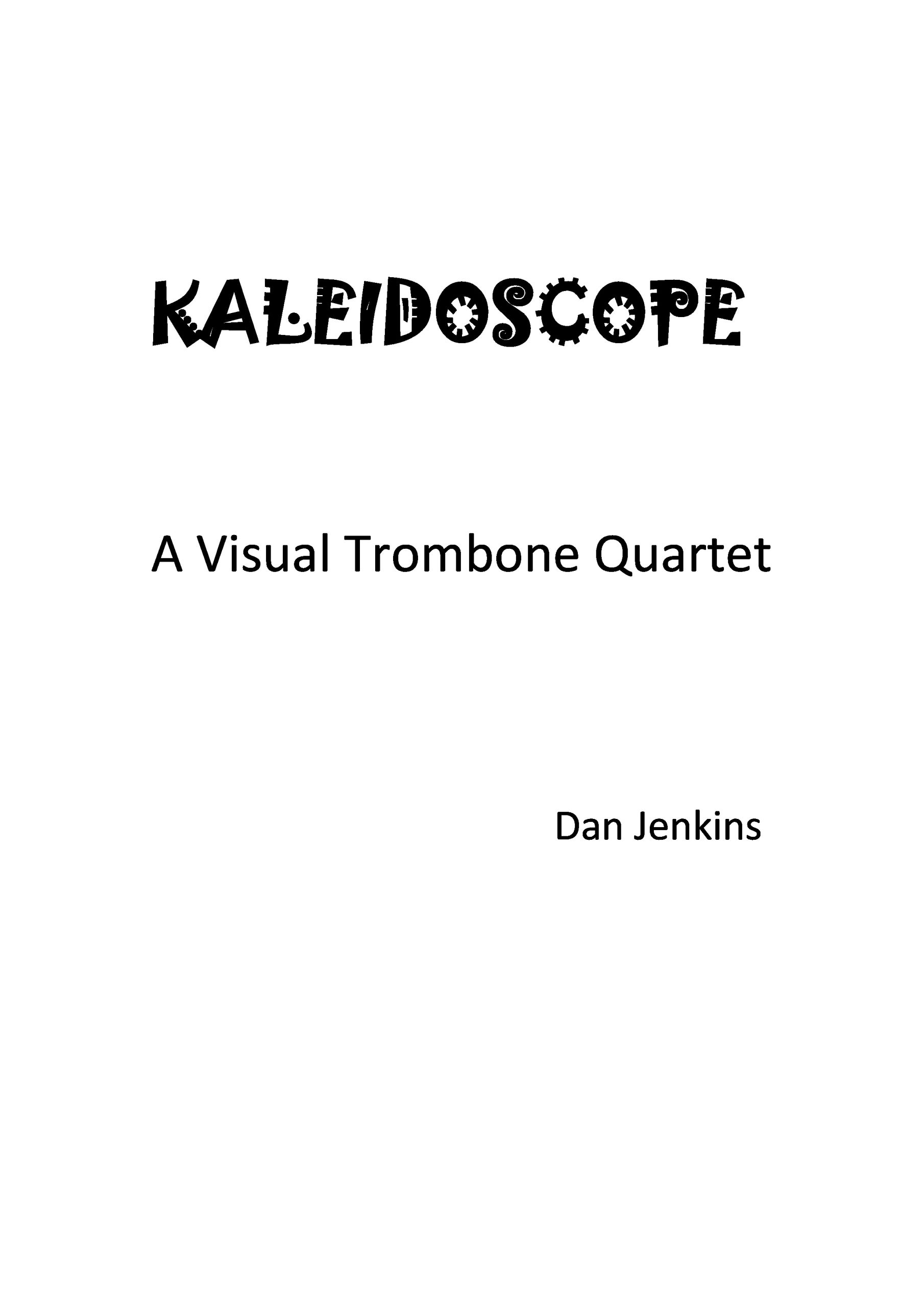
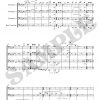
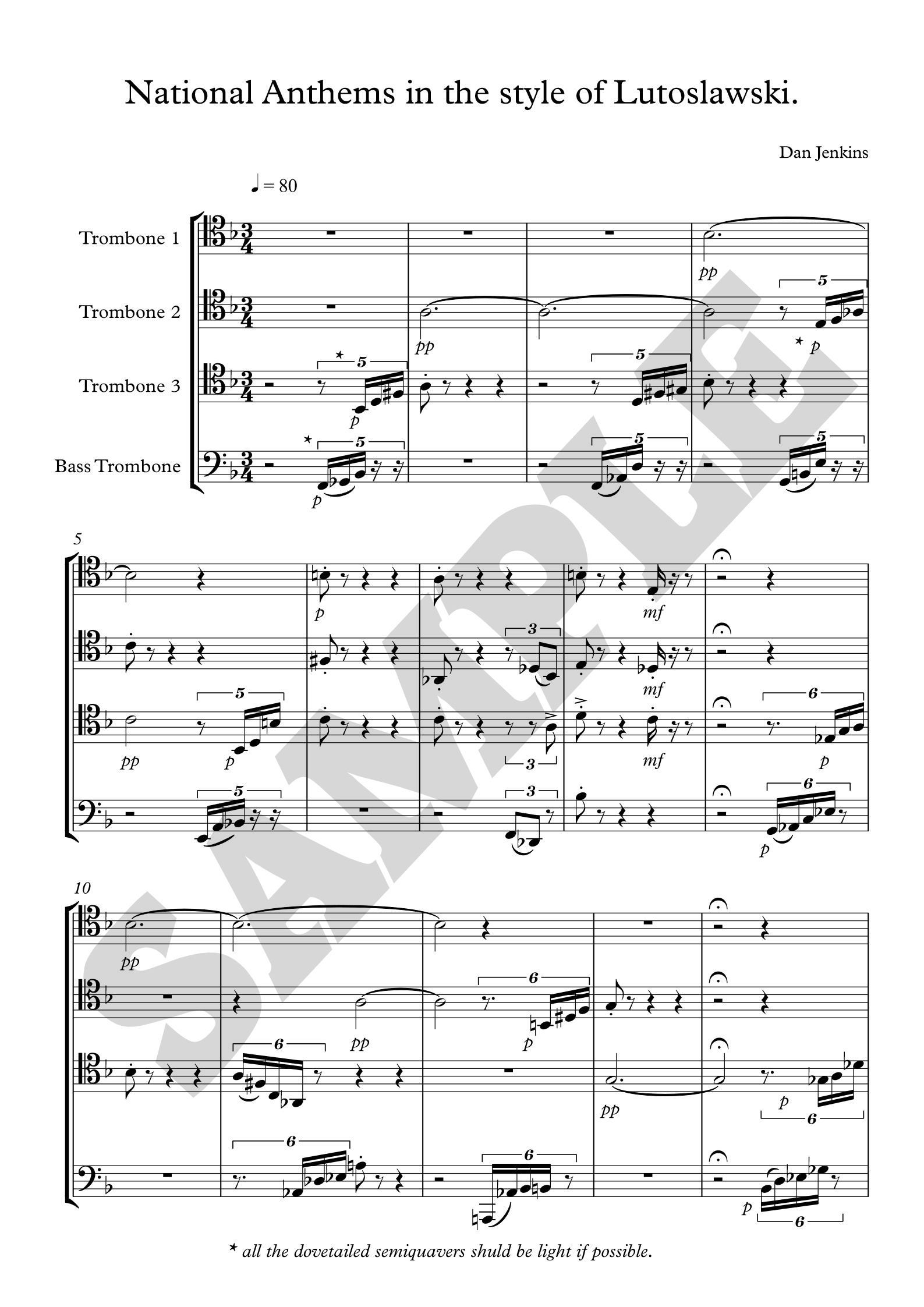
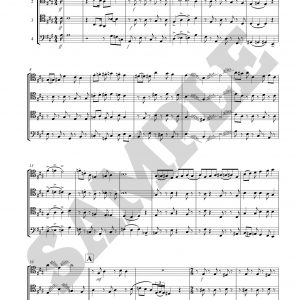
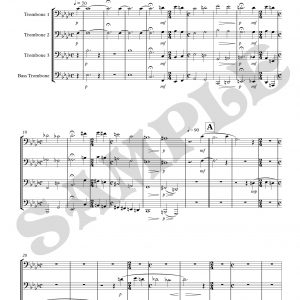
Reviews
There are no reviews yet.